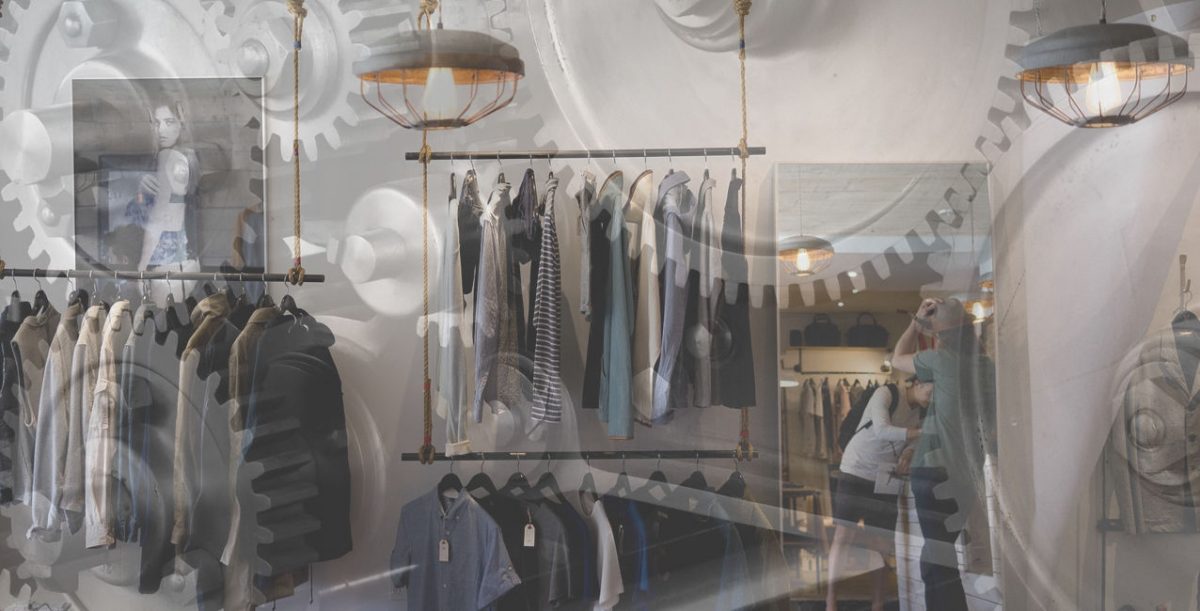The Moving Parts of Store Behavioral Analytics
The Moving Parts of Store Behavioral Analytics
By Gary Angel
|March 31, 2017

Store analytics is digital analytics (with a heck of a lot more moving parts). Customer behavioral analytics in digital and physical places are not distinctly different.
A customer enters the digital/physical space.
He/she are presented with a number of paths.
He/she goes somewhere first.
And spends a distinct amount of time there.
The customer then has a finite number of paths of where he/she can go to next.
And follows one by click/foot.
Along the way, they might reach key milestones like selecting a product and purchasing.
Or they’ll say forget it and leave.
Collectively, the behavioral data tells a rich story of intent, interest, engagement and success (or lack thereof). In both digital and physical spaces, there are no shortage of factors contributing to an individual’s behavior: persona (age, gender, wealth, brand loyalty), intent (buy a gift, browse for inspiration, etc.), season, time of day and more. But brick and mortar retail has even more variables (or much greater weight placed on certain shared variables) that must be considered to understand the moving parts around the customer journey.
Store Customer Behavioral Analytics Factors
- Associate interactions: Important? That’s an understatement. Easy? Nope, not even close. No one needs to tell you, as a retailer, customer or anything in between, that associates are critical to experience and success. An associate’s experience, product familiarity, disposition, placement, workload and about a million other things all serve as sub-factors that make measurement, analytics and optimization the most challenging, highest upside bottom line improvement proposition you’ll face.
- Weather: Sure, weather impacts digital too, but not in the same direction and not at the same scale. Typing a URL to an apparel site when it’s raining impacts a customer differently than stepping into a store soaking wet.
- Sightlines: Analyzing the store from the perspective of a two-dimensional map effectively eliminates the prospect of understanding what the customer can and cannot see from any given point.
- Digital/interactive signage: Stores are in constant motion but digital signage steps it up to another level. Knowing what content mix is being displayed and observing how customers respond is the key to optimizing that mix. In circumstances where signage is interactive, mixing digital signage consumption and physical behavioral signals is essential.
- Surrounding events: All store locations, but some more so than others, are subject to the impacts of events taking place around them. An event can dramatically shift a customer demographic, trigger an inflow of customers or render a retail space a temporary ghost town. Understanding the impact of repeat or sustained external events on locations/store types gives the retailer the opportunity to react and position themselves effectively.
- In-store events/promotions: Events/promotions rarely appeal equally to everyone. Depending product categories(s) or customer demographics targeted for the store event, it can be expected that the store will observe differing customer intent, browse patterns and engagement levels during event periods. Understanding and categorizing events so that behavioral differences during event periods can be observed is key to identifying the events that most effectively drove short term interest and engagement and long term loyalty.
- Store/brand app interactions: Retail is no stranger to mobile apps. Most major retailers have tried mobile app deployed strategies to positively impact aspects of the customer journey. When a customer is leveraging an app, particularly in-store, seeing how it impacts their behavior is critical to optimizing the intersection of digital and physical.
- Competitive/price check web interactions: When and where a customer pulls out their phone to do a competitive price check and what they do next can be a significant, telling and critical moment in the customer journey.
- Lighting: Consumers may pay it little attention and infrequently, if ever, articulate it as a factor for impacting their in-store experience – but the difference it can make, positive or negative, is significant.
- Music: The genera, artist, mix and decibel level all play into the ambience a retailer is trying to create and the story they are trying to tell. Music can pull people in for longer or push them out the door faster.
- Featured product displays: At DM we are strong proponents of mapping behavioral data to every metadata component describing a tiny piece of your store (product, category, department, gender, floor, etc.) but featured displays/endcaps are an extra special case. To understand to what degree featured product displays act as magnets, encouraging customer to alter, slow or stop their browsing to gander, it is important to give these areas special designations in a store behavioral map. Additionally, the more you understand about the components of a display beyond category – width, height, materials, creative, etc. – the more it is possible to cull out which elements most effectively capture customer attention.
Admittedly, just listing out behavioral contributing factors is a total cop out. Have no fear, however, this blog is the first part in a series. Over time we’ll outline methodologies on handling each of these: isolating the factor to better understand it’s impact or controlling for it when you measure customer journeys. Along the way, we’ll provide examples with commentary illustrating what degree of impact each factor might be having on your customers.
Yes, retail is a complex ecosystem. But analytically, that’s a good thing. There’s lots of data and lots you can do it with it to make a real difference in retail operations and store marketing!